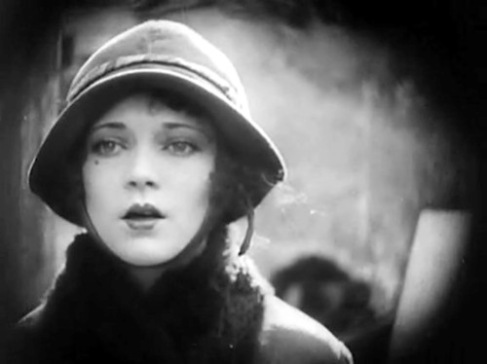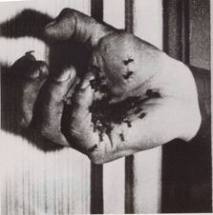There are different movements during the silent era in France that served as another substitute to classical Hollywood narrative form. One of the movements are Impressionism which became financially successful. The other alternative movement is called Surrealism incorporated with some artists and relied on their own and private patronage in mid 1920s.
IMPRESSIONISM
After World War I, many film studios were transposed to wartime uses. Film exports inflated and only two firms, Pathe Freres and Leon Gaumont survived in controlling other theaters. Hollywood cinema prevailed during that time while French film find it hard to recover. Until different extraordinary films arose between 1918 and 1928. Young directors introduced the alternative to the dominating American film during that time.
Impressionism gives narration to the pyschological depth, revealing the play of a character’s consciousnees. This kind of film does not focus on the external or physical means but on the inner action. It somehow manipulates plot time and subjectivity. Like the Hollywood cinema, there is also use of flashback in this kind of film and it enphasizes on the character’s personal emotion that reveals pyschological focus.
Editing in impressionism paved way to intensify the subjectivity. It used point-of-view cutting, showing a character’s shot looking at something, and the angle of the thing that the character was looking at and a full view wherein the character and the thing used was seen. If editing in Hollywood style is continuous, this one goes the other way. They used superimposition wherein they place another scenery on top of the character’s face depicting that he/she thinks of it or remembers it. It creates illusion on the side of the viewer.
Impressionistic film are low in quality unlike the Hollywood films, however they developed different types of camera angles, effects on how to improve films and be patronized by the masses. They focused on dramatic scenes capturing the emotion of the audience.
Filmmakers and Films (greatly abridged)
Abel Gance (La Dixième symphonie (1918), J’Accuse (1919), La Roue (1922), and above all, Napoléon (1927))
Jean Epstein (Coeur fidèle (1923), Six et demi onze (1927), La Glace a Trois Face (1928), The Fall of the House of Usher (1928))
Germaine Dulac (The Smiling Madame Beudet (1922))
Marcel L’Herbier (El Dorado (1921))
Louis Delluc – Critic/Theorist
Jean Renoir – (Nana (1926))
SURREALISM
This movement coincided with Impressionism. But it created its own identity. This kind of film has more touch with painting and literature. This is more than a naked eye could see, an ordinary mind could understand. I even find it hard to interpret the Surrealist films when our professor let us watch one.
Surrealism was influenced by Freudian Pyschology, it has something to do with deeper realms and meanings, superiority of belief, powerful dreams and indirect play of thought, it has the absence of causes. There is no such reason why such things occur, no definite story. It is anti-narrative and leaves the interpretation of film amongst the viewer.
Early films by Surrealists include:
- Entr’acte by René Clair (1924)
- La Coquille et le clergyman by Germaine Dulac, screenplay by Antonin Artaud (1928)
- L’Étoile de mer by Man Ray (1928)
- Un Chien Andalou by Luis Buñuel and Salvador Dalí (1929)
- L’Âge d’Or by Buñuel and Dalí (1930)
- Le sang d’un poète by Jean Cocteau (1930)
- L’imitation du cinema by Marcel Mariën (1959)
Most movies by filmmaker David Lynch (especially Mulholland Drive , Inland Empire (film) and Eraserhead) are considered surrealists.
Many said that Surrealist movement decline during 1930. Communism is the political equivalent of Surrealism because rankings and classes are not present so with the very nature of Surrealism.

